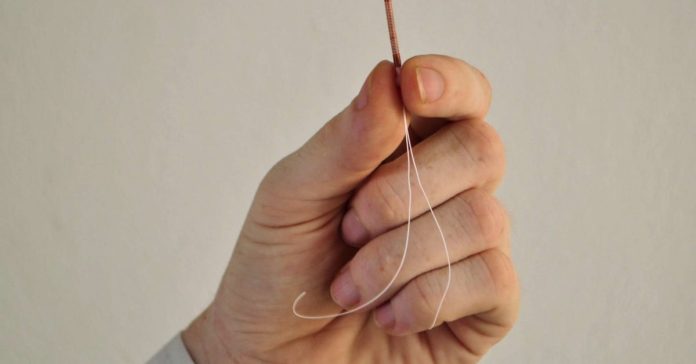A large new study by Finnish researchers evaluated whether a hormonal intrauterine device (IUD) affected the risk of cancer in women, with an emphasis on its protective effect on endometrial cancer (cancer of the uterine lining). However, they found that it also reduced the risk of several other types of cancer and increased the risk of another type of female cancer. The findings were published in the August edition of the journal Obstetrics & Gynecology. The authors are affiliated with Helsinki University Ho
The researchers note that the levonorgesspital and Hyvinkää Hospital, both in Finland.trel-releasing intrauterine system was primarily developed for birth control; however, it was later used to treat menorrhagia (heavy menses) and protection from endometrial hyperplasia (thickening of the uterine lining) during estrogen therapy. The device continuously releases high intrauterine concentrations of levonorgestrel, causing thinning and atrophy of the uterine lining. They note that these endometrial effects have made this system a promising alternative for treatment of endometrial hyperplasia, which can potentially develop into endometrial cancer.
They explain that he risk for endometrial cancer has been reported to be decreased during postmenopausal use of hormonal intrauterine system in combination with estradiol; however, the risk for breast cancer has been reported to be increased. They explain that the medical literature contains only two studies on the breast cancer risk of premenopausal levonorgestrel-releasing intrauterine system users, and neither reports an increased risk. In addition, the relationship between levonorgestrel-releasing intrauterine system use and the incidence of other cancers remains unknown.
The primary goal of the study was to test the theory that the incidence of endometrial adenocarcinoma is decreased among premenopausal levonorgestrel-releasing intrauterine system users. The secondary goal was to assess the risks of other common cancers among premenopausal levonorgestrel-releasing intrauterine system users. The study group comprised 93,843 Finnish women aged 30–49 years using a levonorgestrel-releasing intrauterine system for treatment of menorrhagia from 1994 through. The women were enrolled in the Finnish Cancer Registry data. The incidence of cancers in levonorgestrel-releasing intrauterine system users was compared with that in the general population.
The investigators found that a total of 2,781 cancer cases were detected in levonorgestrel-releasing intrauterine system users during the follow-up of 855,324 women-years. The incidence of endometrial adenocarcinoma was reduced compare to the general population. It also was associated with a lower incidence of ovarian, pancreatic, and lung cancers than expected. However, the system was associated with a higher than expected incidence of breast cancer.
The authors note that, globally, breast cancer is the most common malignancy with approximately 1.68 million new cases diagnosed each year. Endometrial cancer is the most frequent gynecologic cancer in developed nations with approximately 319,000 new cases annually worldwide. Half these cancers arise in the Western world. Both physiologic and malignant changes of breast and endometrial cells are regulated by sex hormones.








